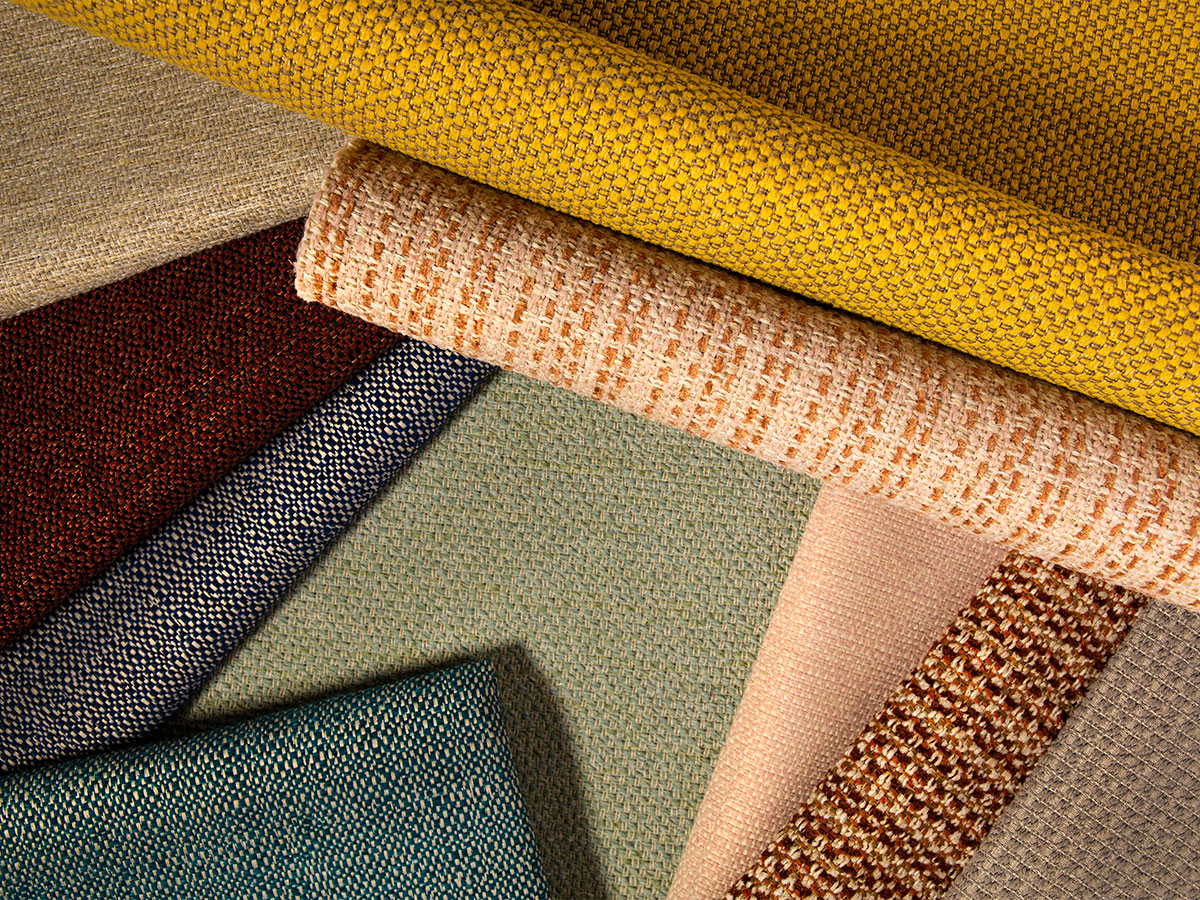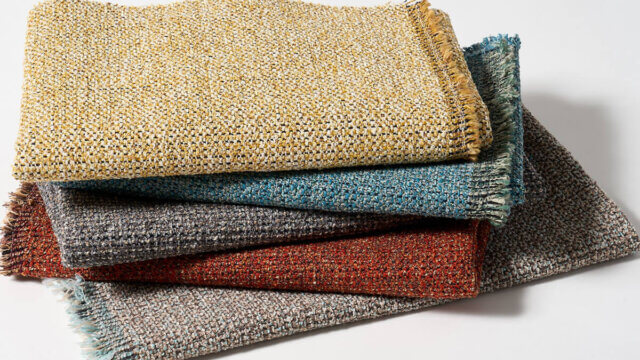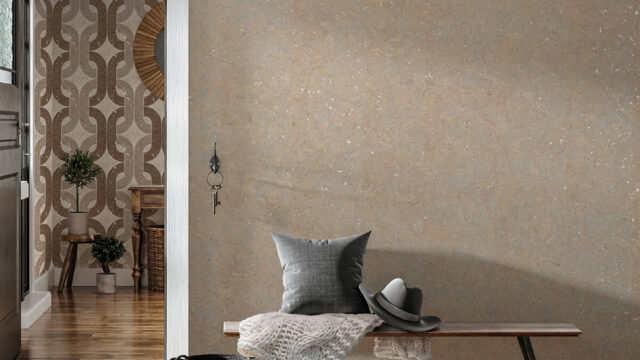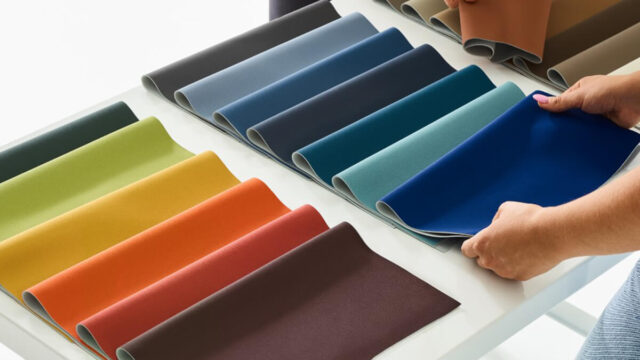In the hospitality industry, sustainability in all areas of design is essential. From the drapery to upholstery and even the bedding, nearly everything in the room can be made from plastic bottles otherwise destined for a landfill or a water source.
At Valley Forge Fabrics, being able to ensure the durability and performance needs of these textiles while also creating them from a source like plastic bottles is a big win. It’s no secret that plastic bottles are forever, so being able to use them as a fiber that’s woven into distinctive upholstery fabrics is vital to the company’s mission to impact the happiness of all travelers.
Every year, Valley Forge Fabrics evaluates its carbon footprint and assesses its overall environmental impact, which includes everything from its production lines to shipping goods all over the world. As the team plans out product releases throughout the year, they consider this data as well as evaluate any additional environmental certifications that can be achieved for upcoming collections, or if there is a way to weave any of the items with a sustainable fiber that may directly impact the reduction of waste that may go into the landfills.
“One of our greatest missions during product development, besides to have an impact on the happiness of travelers, is to have an impact on our Earth. Fibers from recycled plastic bottles are one of the great innovations within our textile industry,” said Brandi Kolanz, director or products and design, Valley Forge Fabrics.
Valley Forge has released a new upholstery textile collection that uses fibers derived from plastic bottles to create texture. With the release of this collection, titled Quick Ship Upholstery Vol. I, Valley Forge Fabrics is able to repurpose an average of 21 plastic bottles to create each of the high-end fabric books that are delivered to interior design clients across the country. Each of the five patterns inside this collection use an estimated 11 plastic bottles per yard on average.
“It may seem like a small amount at first, but considering that an average hospitality purchase order is for more than 1,000 yards of fabric each time, these textiles can have a much more significant impact overall,” said Kolanz.




